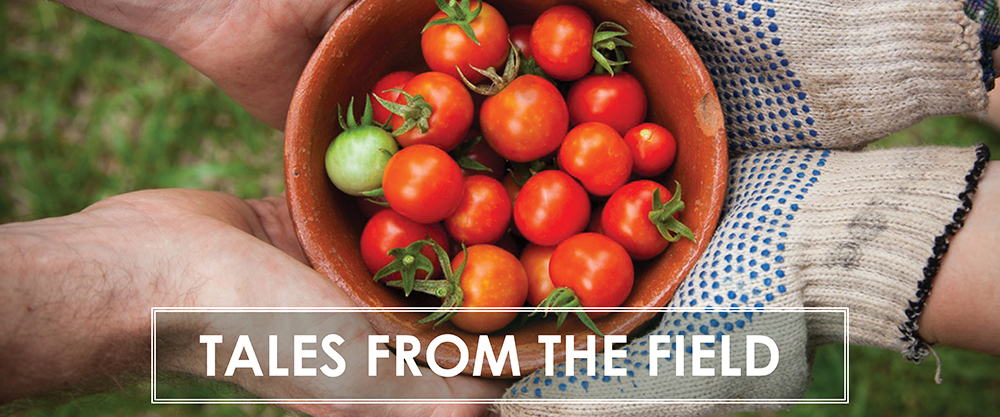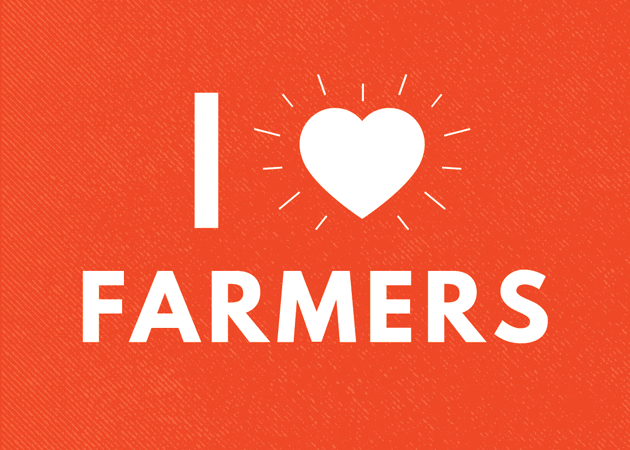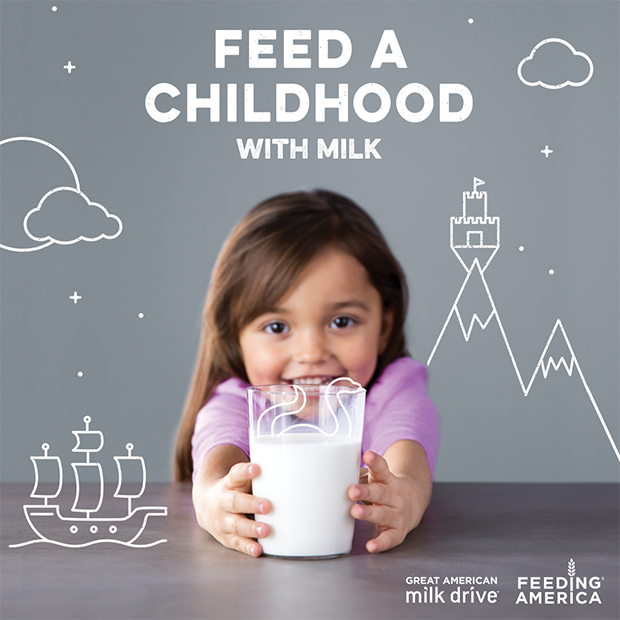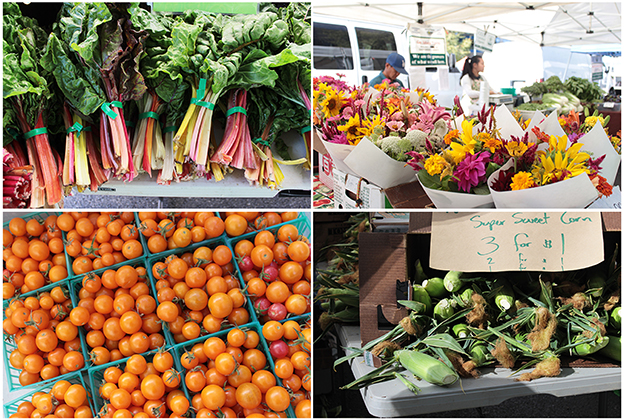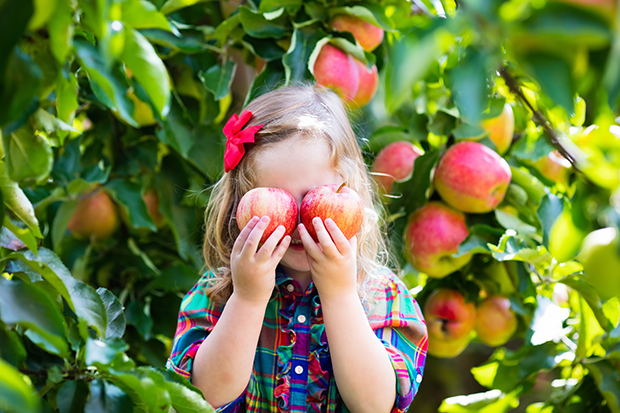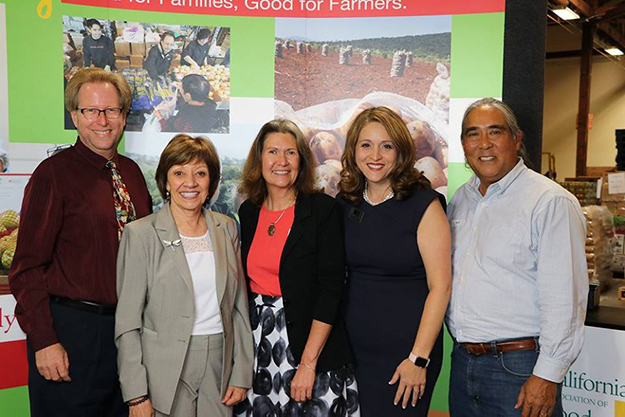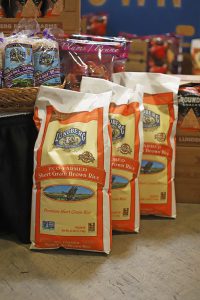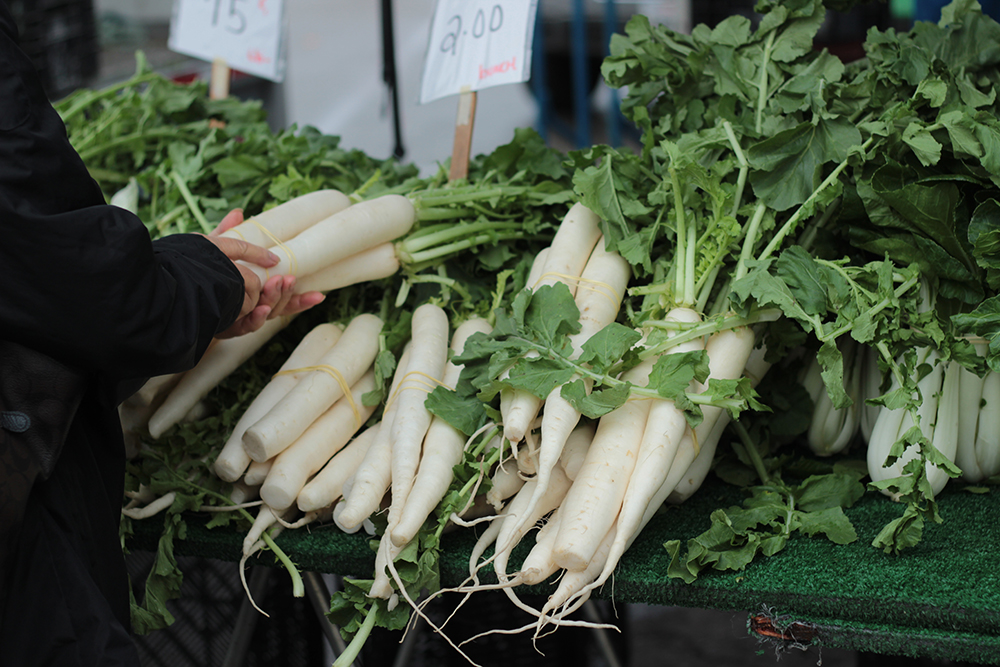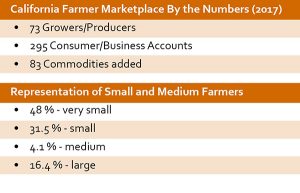USDA’s Office of Community Food Systems announced today that 73 communities in 43 states, the District of Columbia and Guam have been awarded farm to school grants to explore, expand, or scale up their farm to school activities. The 2018 awards total $5.2 million, and will impact 2.8 million students.

Congratulations to our California Grantees:
- Bakersfield City School District, Bakersfield
Through partnership, collaboration, and engagement, Bakersfield City School District will create a comprehensive network that incorporates food production, processing, distribution, consumption, and waste recovery.
- Colusa County Office of Education, Colusa
Colusa County Office of Education (CCOE) will actively partner with the Colusa Indian Community Hand In Hand Learning Center, Williams Unified School District, Colusa County Resource Conservation District, and the Center for Healthy Communities to develop a comprehensive plan to incorporate locally grown foods on student meal trays and at home. The CCOE garden site will include a greenhouse for seedlings, leafy greens and vegetables in raised beds, and a small orchard of nut and fruit trees. The garden sites will also include a laboratory pathway of native grasses, shrubs, and trees that may be used as a “science classroom” for programs working to implement the Next Generation Science Standards (NGSS). Future Farmers of America members from around the county will also be able to use the “science classroom” as a training site.
- Humboldt County Office of Education, Eureka
Humboldt County Office of Education (HCOE) will develop a comprehensive farm to school program in after-school settings to increase access to fresh fruits and vegetables and improve food and agricultural literacy for low-income students. Currently, their after-school students participate in HCOE’s Harvest of the Month (HOTM) culinary activities that feature local fruits and vegetables. This project will build on the HOTM framework by integrating hands-on gardening, experiential field trip opportunities, and local procurement for supper meals.
- Los Molinos Unified School District, Los Molinos
Los Molinos Unified School District will develop relationships with industry partners and programs to build a new greenhouse and utilize the Horticulture Pathway. The district will develop cross-curricular lessons in various career pathways while Los Molinos High School will plan which fruits and vegetables will be grown in the new greenhouse. Students will be involved in a work-based learning environment that consists of preparing the soil, growing seedlings, supporting vegetation, crop management, crop production, and food preparation. A soil center, shade house, and a grape orchard will be developed and include crops such as carrots, lettuce, broccoli, tomatoes, peppers, strawberries, celery, and grapes. The future intent is to provide these vegetables and fruits to all three schools within the Los Molinos Unified School District.
